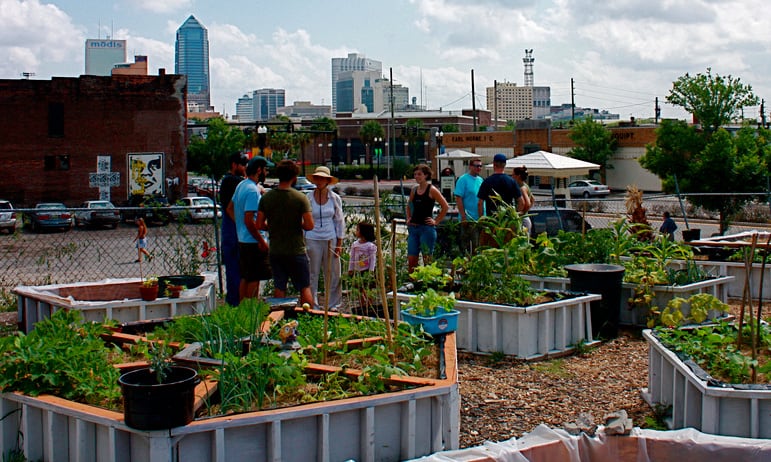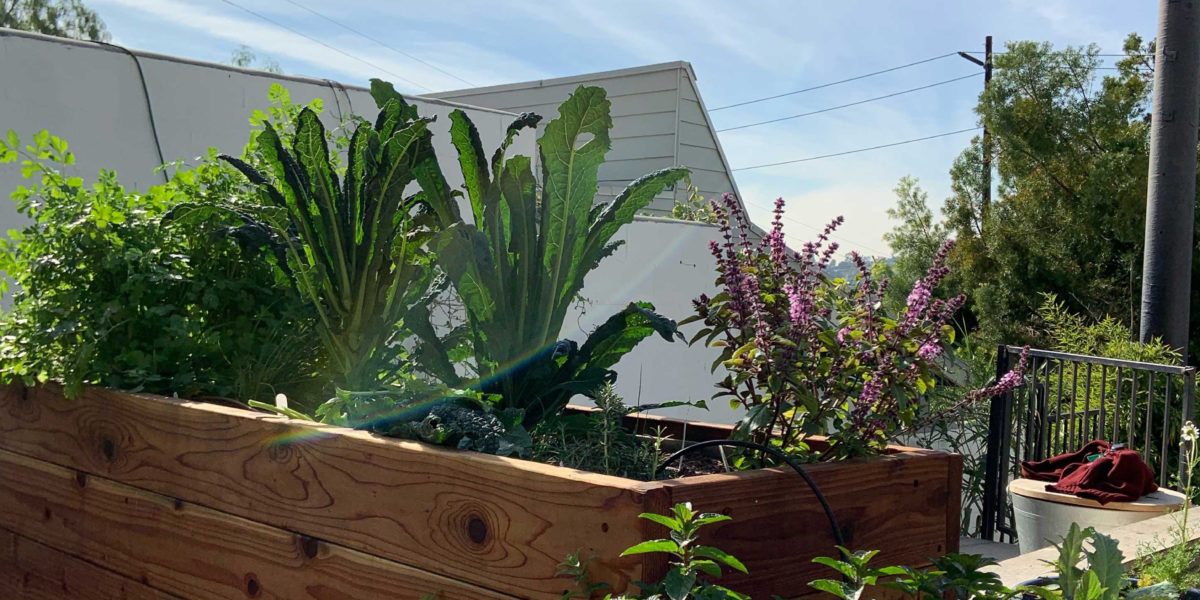The 10-Second Trick For City Blooming
The 10-Second Trick For City Blooming
Blog Article
City Blooming Fundamentals Explained
Table of ContentsAn Unbiased View of City BloomingAbout City Blooming3 Easy Facts About City Blooming DescribedSee This Report on City BloomingThe Definitive Guide to City Blooming
Fascinated in expanding food up for sale in the City of Chicago? Considering beginning a neighborhood garden? Changes to the Chicago Zoning Ordinance permit agricultural uses like neighborhood yards and urban farms in numerous components of the city. Below is a checklist of often asked questions pertaining to the regulations and guidelines that growers ought to think about when planning a city agriculture task.
The zoning modification does not customize any type of other codes dealing with composting, structure permits, buying or leasing City had property, service licenses or ecological contamination. There are existing codes that control these concerns and they remain completely effect and might apply to your project. Area yards are commonly had or handled by public entities, civic organizations or community-based companies and kept by volunteers.
Urban farms grow food that is meant to be offered, either on a not-for-profit or for-profit basis. Due to their commercial objective, urban farms require a company license.
Getting My City Blooming To Work
Composting is enabled however just for plant material that is generated and used on site. The quantity of garden compost material can not surpass 25 cubic lawns at any kind of offered time according to the criteria in 7-28-715 of the City's Municipal Code. Yes. Since the dirt at most new yard sites requires amending, garden compost, dirt, timber chips, or various other products can be obtained to construct or improve the growing space - landscaping.

If a structure permit is required after that the hoophouse will certainly be taken into consideration an accessory structure. You can figure out more about the structure license requirements by calling the Department of Structures. The 25,000-square-foot dimension limit is meant to stop a solitary neighborhood garden from controling a provided block or detracting from the block's existing domestic or business character.
The limit does not relate to gardens located in Public Open Room (POS) areas. Can there be even more than one area garden that is 25,000 square feet on a single block? Yes. The dimension limit puts on private yards, not to private blocks. No. Fencing is not called for, nonetheless, gardens that have huge parking areas may be required to set up fencing or various other landscaping attributes.
How City Blooming can Save You Time, Stress, and Money.
B1 & B2 areas call for that all business use activities be performed inside. Is secure fencing needed for metropolitan farms? Fences may be called for, along with landscape design and screening, for particular car parking areas and exterior job or storage locations depending on place and the particular task taking area.
Yes. Urban farms require building authorizations and zoning authorizations prior to building. Various other forms of city review might be required relying on details structures, tasks, dimension, landscaping, licensing, public health and stormwater management concerns. Much of these requirements are recognized in the project layout or permitting process, nonetheless, the candidate may be accountable to separately identify certain licenses or allows that may be required.
Yes. The kind of permit is figured out by what is occurring at the site. The Division of Company Matters and Customer Security can special info assist establish the particular sort of business license that's called for. Yes. Off street parking is needed for a lot of commercial jobs in Chicago. The required variety of car parking rooms is based on the number of staff members dealing with site and not the square video of the growing room.
Getting The City Blooming To Work

Yes. A metropolitan farm can market compost product created on website, nevertheless, the operation should abide by the regulations in 7-28-715 of the Chicago Municipal Code. Yes. Aquaponic systems are enabled inside on city ranches in lots of zoning areas. Nonetheless, a zoning review and building permit is required in order to mount structures or systems and a company certificate is required as described above.
Approximately 5 hives or nests of honey bees may be kept as an accessory use. However, beekeepers should register with the Illinois Department of Agriculture. To learn more concerning the recommended zoning amendment you may speak to the Department of Housing and Economic Development, Bureau of Preparation and Zoning at 312.744.8563.
Farming in cities and urban locations An urban ranch in Chicago. Urban agriculture describes various methods of growing. https://www.intensedebate.com/people/cityblooming1, handling, and distributing food in city areas. The term also applies to the area tasks of animal husbandry, aquaculture, beekeeping, and horticulture in an urban context. Urban agriculture is distinguished from peri-urban farming, which happens in backwoods beside suburban areas.
City Blooming - Truths
, who look for to develop social networks founded on a common values of nature and community holism. These networks can establish by method of official institutional assistance, ending up being incorporated into regional community preparation as a "shift community" movement for sustainable city growth.
The more straight accessibility to fresh veggie, fruit, and meat products that may be understood via city agriculture can enhance food protection and food safety while reducing food miles, resulting in lower greenhouse gas exhausts, thereby contributing to climate modification reduction. Several of the initial proof of city farming originates from Mesopotamia.
Report this page